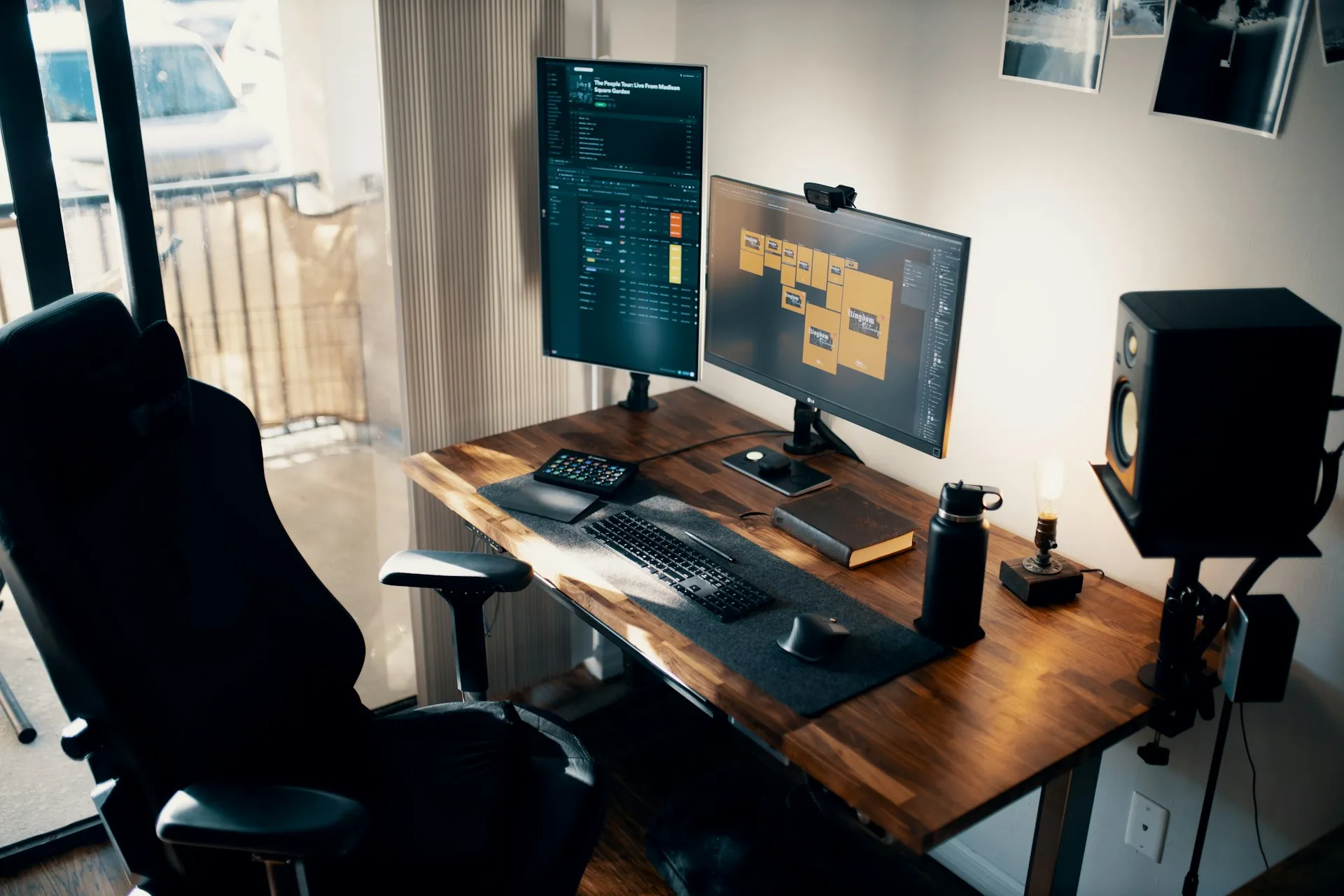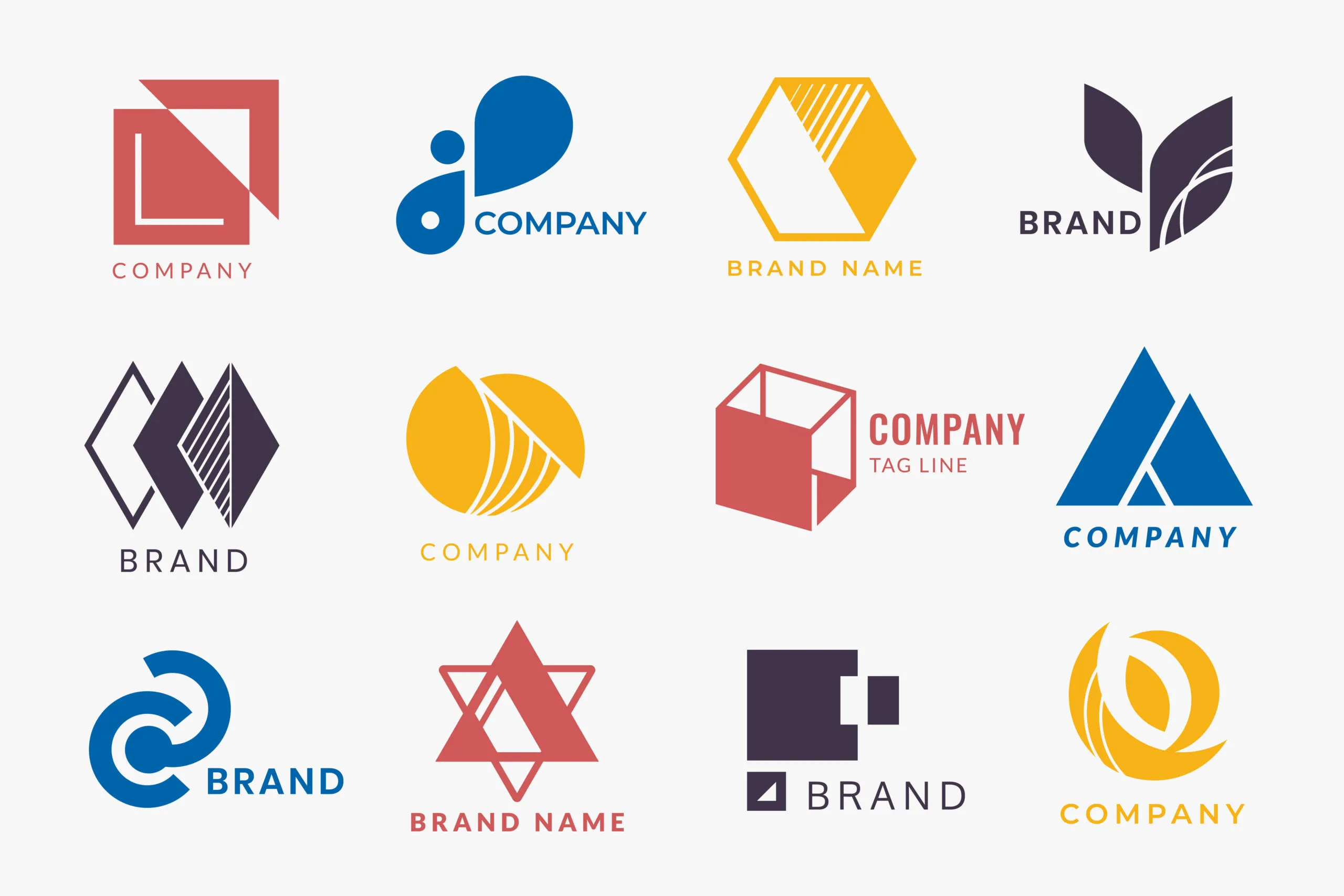Have you ever wondered how to make a video game without breaking the bank? With modern engines, free assets, and community support, it’s more possible than ever. The process may sound challenging, but this guide will show you a clear, cost-free path from idea to release.
Key takeaways:
- Free game engines and tools make development accessible to anyone with creativity and patience.
- A Game Design Document keeps ideas structured, preventing wasted effort and unnecessary feature creep.
- Small, manageable projects are the best way to gain confidence and build skills.
- Publishing on free platforms allows your game to reach players without upfront costs.
How to Make a Video Game: The Frugal Steps to Make a Game
Creating your own game may sound overwhelming, but it’s surprisingly achievable even without a big budget. With the right tools, planning, and creativity, you can build a playable project and share it with others. Below are the essential steps on how to make a video game for free, from shaping the initial idea to releasing it online.
1. Determine the Game Concept
Begin with a unique and engaging idea. Decide on the genre (platformer, RPG, shooter, etc.), storyline, art style, and key features. To stay organized, especially if you’re collaborating with other game designers, make sure you write everything in a Game Design Document (GDD) appropriately.
Also Read: How to Become a Video Game Designer and Break Into the Industry
2. Create a Game Design Document (GDD)
The GDD is a living document that records your game’s idea, characters, mechanics, levels, and art direction. It helps you anticipate challenges, structure production, and stay aligned with the overall vision.
This preparation requires no cost, yet it saves time and confusion during development. A well-written GDD also makes it easier to estimate realistic timelines and address the common question: “How long does it take to make a video game?”
3. Design Characters and Assets
Use free design tools to build your game’s look and feel. Blender is ideal for 3D modeling and animation, while GIMP and Krita work well for 2D art and textures. Free online asset libraries are also available, allowing you to adapt or customize ready-made characters, environments, and objects.
4. Set Up Game Mechanics
Choose a free game engine that suits your project. Options include Unity (free tier), Godot (open-source), Unreal Engine (free version), or beginner-friendly drag-and-drop platforms like GDevelop and GameMaker.
These engines provide professional tools for structuring gameplay and mechanics, even if you’re just starting out. Many beginners ask how to make a video game without expensive tools, and these platforms are among the best answers.
5. Learn Basic Coding
While no-code tools exist, understanding simple programming concepts gives you more flexibility. Unity uses C#, Godot uses GDScript (similar to Python), and Unreal Engine offers visual scripting through Blueprints. Free tutorials, online documentation, and community forums can help you learn at your own pace.
Also Read: Choosing the Best 3D Game Engines for Your Next Project
6. Test Your Game
Testing should happen regularly throughout development. Use built-in debugging tools in your chosen engine, and ask for feedback from friends or online communities. Frequent testing helps you fix bugs and refine gameplay early, avoiding bigger problems later.
7. Publish Your Game
Once polished, you can release your game without paying fees. Some engines support direct publishing to web browsers or desktop formats. Free platforms and community portals also give you an audience to showcase your project and gather feedback.
Also Read: Exploring 3D Art Styles for Games: From Realism to Stylized
Practical Tips
Creating your first title may feel overwhelming, but with the right strategies, learning how to make a video game becomes much more approachable. These tips will help you stay resourceful, focused, and motivated even on a limited budget:
- Use free assets wisely: Take advantage of resources like the Unity Asset Store or open libraries to speed up development without spending money.
- Join developer communities: Participate in forums and groups to receive feedback, exchange ideas, and even find collaborators.
- Keep your scope realistic: Focus on small, indie-scale projects. A manageable scope ensures you can finish the game without needing extra funding.
- Try no-code tools: If coding feels overwhelming, platforms with visual scripting (such as GDevelop or GameMaker) let you build games without deep programming knowledge.
- Rely on your GDD: A well-planned design document prevents feature creep, saving time and effort during development.
- Be consistent with learning: Dedicate regular time for tutorials, practice, and steady progress.
As you take your first steps, you might wonder, “How much does it cost to make a video game?” The good news is that with free engines, tools, and active communities, you can create one with little to no upfront expense.
Also Read: Mastering 3D Modeling for Games: From Beginning to End
Ready to Learn How to Make a Video Game?
Game development doesn’t have to stay a dream. With free tools, careful planning, and steady practice, anyone can build a playable project. Take the first step today, experiment with the basics, and watch your ideas slowly transform into something others can enjoy.
If you need attractive, affordable graphics and animations for your game project, here at Tridimensi, we offer a smart solution. Along with a catalog that includes free and premium assets that integrate well with Unity, Godot, or other engines. Using these assets helps reduce your cost while keeping your visual quality high.






